How to Check and Top Up Engine Oil: A Step-by-Step Guide for Beginners
Table of Contents
1. Why Engine Oil Matters 🔧
What Engine Oil Does:
- 🛠️ Lubricates moving parts to reduce wear.
- ❄️ Cools the engine by absorbing heat.
- 🧼 Cleans sludge and debris.
Consequences of Low/Excess Oil:
- 🚨 Low oil: Engine overheating, metal-on-metal damage.
- 💧 Excess oil: Foaming, leaks, damaged seals.
Beginner Tip: Check oil every 500 miles or monthly!
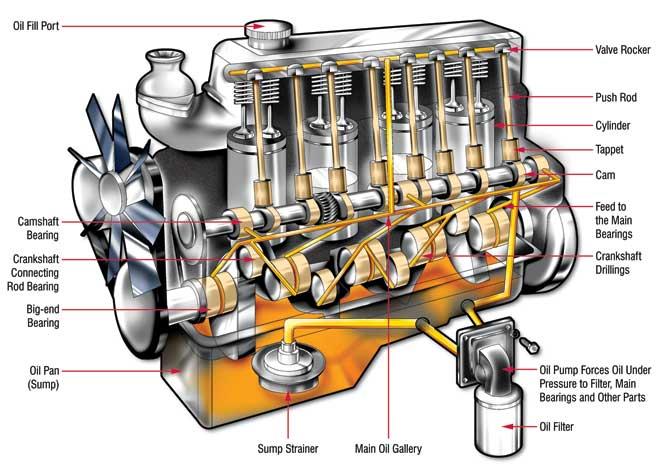
2. Tools & Safety Gear 🧤
What You’ll Need:
- Gloves (latex/nitrile) to keep hands clean.
- Clean rags or paper towels.
- Funnel (prevents spills).
- Correct oil type (check your car’s manual).
Safety First:
- 🔥 Avoid hot engine parts (wait 10–15 minutes after driving).
- 🚗 Park on a flat surface for accurate readings.
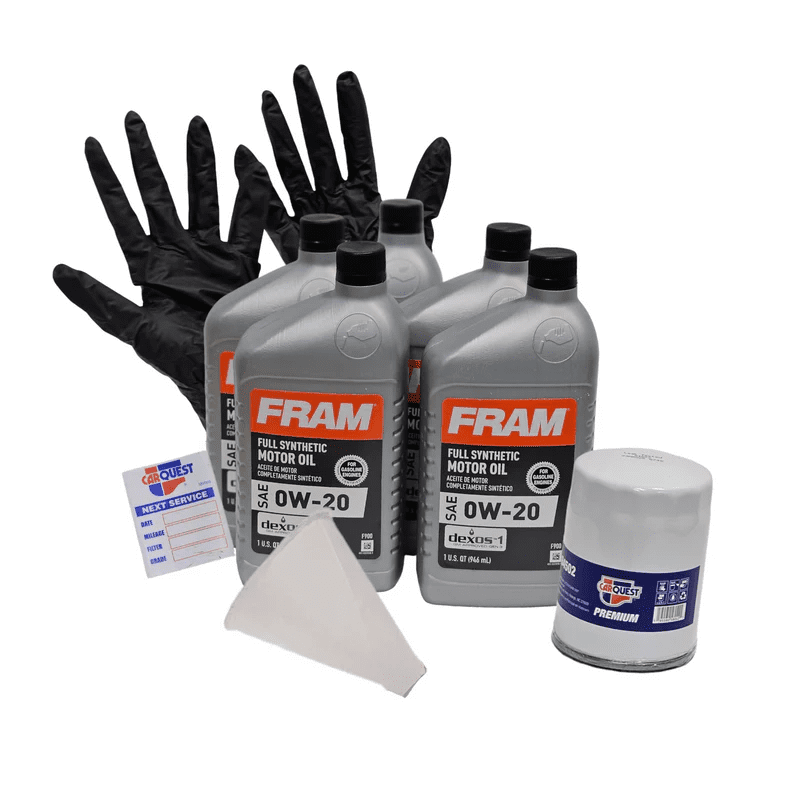
3. Step 1: Prepare Your Car 🚘
Warm Up the Engine:
- ⏲️ Drive for 5–10 minutes to circulate oil.
- 🛑 Turn off the engine and wait 5 minutes.
Find the Hood Release:
- 🚪 Usually under the dashboard or driver’s seat.
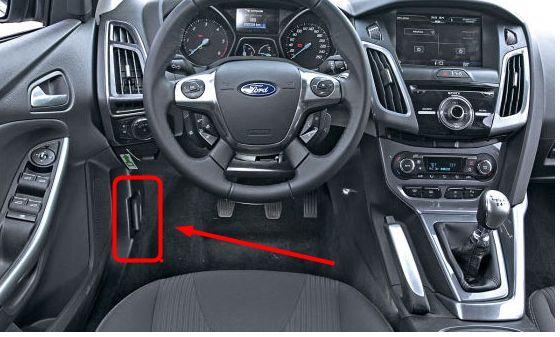
Beginner Mistake: Never check oil on a sloped driveway!
4. Step 2: Check Oil Level 📏
Locate the Dipstick:
- 🔍 Look for a yellow/orange handle labeled “Engine Oil.”
- 📖 Check the manual if unsure.
How to Read the Dipstick:
- Pull it out and wipe clean.
- Reinsert fully, then remove again.
- Check if the oil is between MIN and MAX marks.
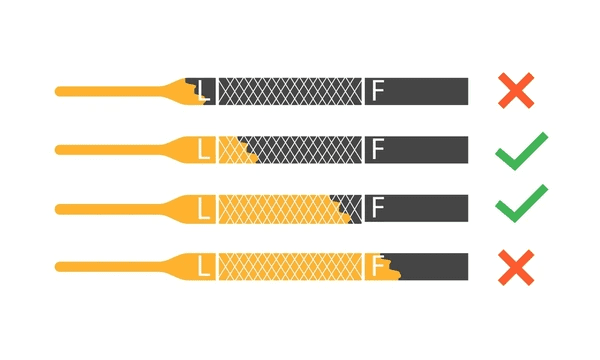
Troubleshooting:
- 🧼 Dirty oil: Dark or gritty? Time for a change!
- 💦 Milky oil: May indicate coolant leaks (visit a mechanic).
5. Step 3: Top Up Oil ⛽
Find the Oil Fill Cap:
- 🔑 Look for a cap with an oil can symbol.
How Much to Add:
- ➕ Add ½ quart (500ml) at a time.
- 🔄 Recheck the dipstick after each pour.

Avoid Overfilling:
- 🚫 Excess oil can damage the engine.
- 🩹 Use a turkey baster or syringe to remove extra oil.
6. Choosing the Right Oil 🛢️
Understanding Oil Labels:
- SAE 5W-30: Works in cold and hot climates.
- API SN/SP: Quality standards for gasoline engines.
Types of Oil:
| Type | Pros | Cons |
|---|---|---|
| Synthetic | Long-lasting, performs in extreme temps | Expensive |
| Conventional | Affordable | Needs frequent changes |
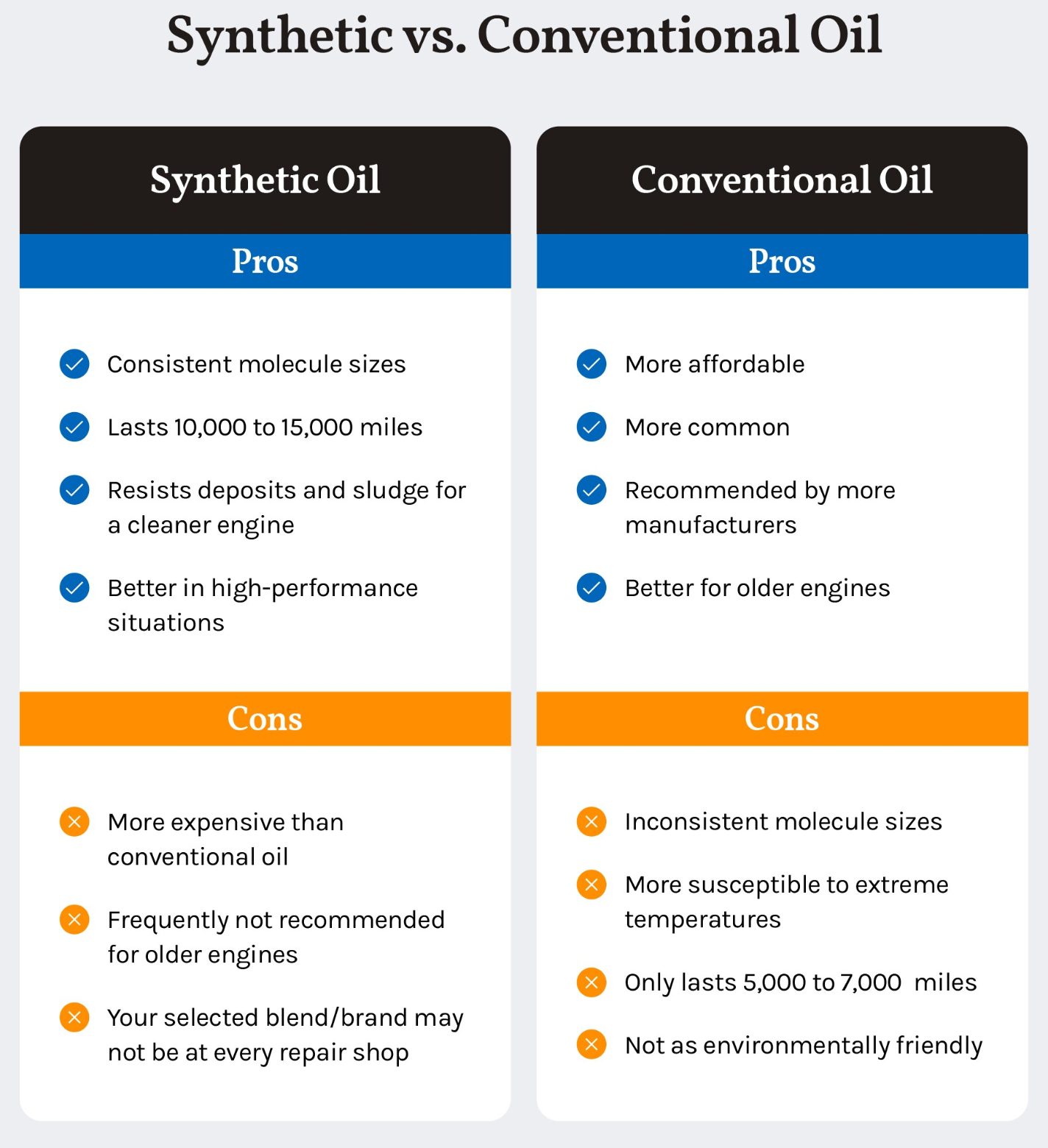
Where to Buy:
- 🛒 Auto parts stores, Walmart, Amazon.
7. Common Mistakes to Avoid ❌
- 🚫 Using the wrong oil (check the manual!).
- 🚫 Ignoring oil leaks (puddles under the car).
- 🚫 Forgetting to reset the oil change light.
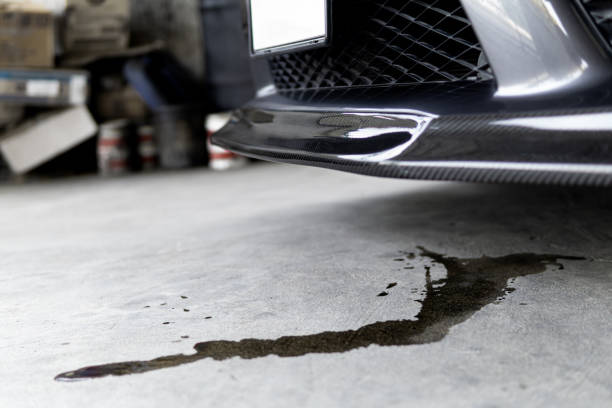
8. When to Change Oil ⏰
General Rule:
- 🗓️ Every 3,000–5,000 miles for conventional oil.
- 🗓️ Every 7,500–10,000 miles for synthetic.
Signs You’re Overdue:
- 🔇 Engine knocking.
- � Low oil pressure light.
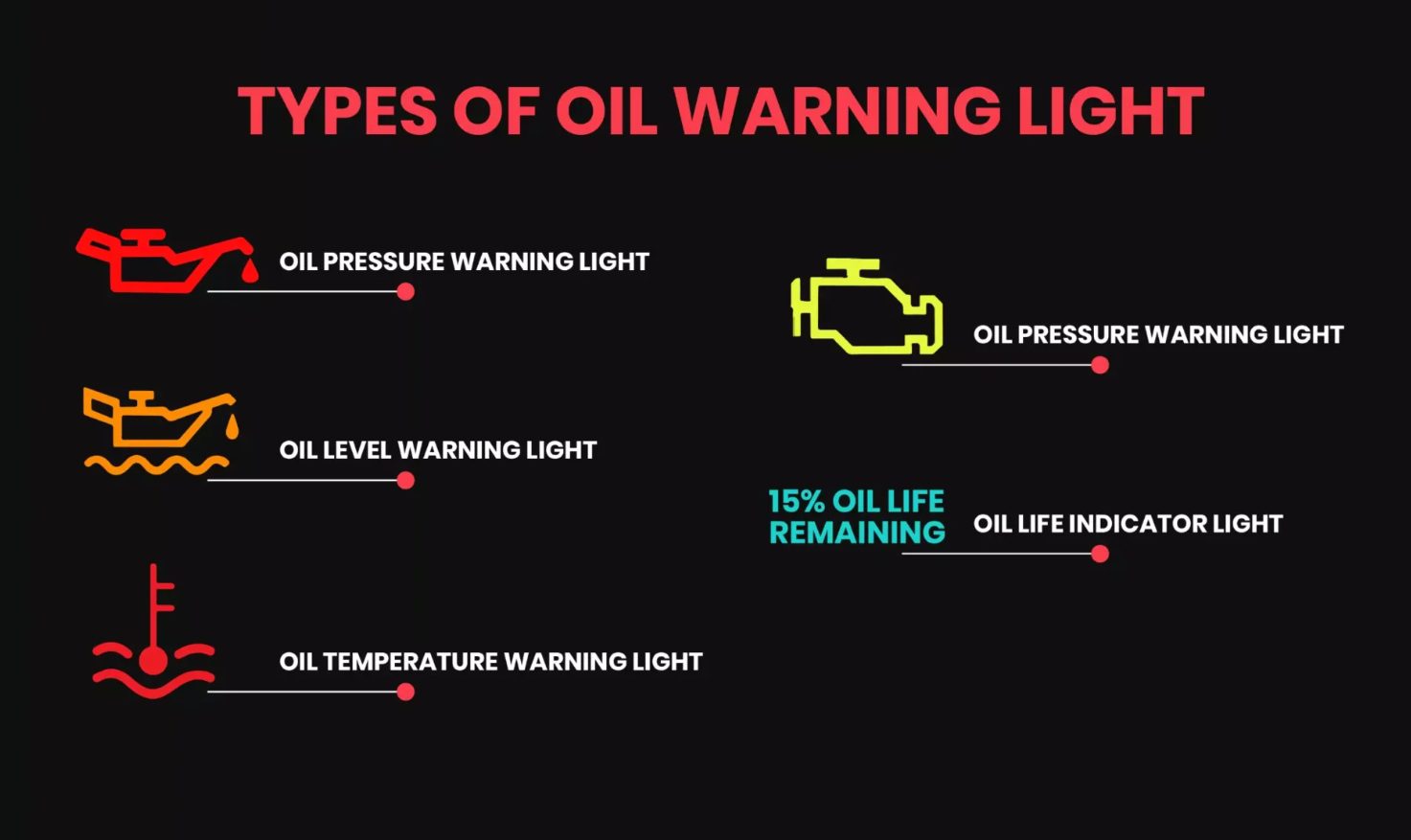
9. Troubleshooting Oil Issues 🔍
Problem 1: Oil turns black quickly.
Solution: Normal if using detergent oil.
Problem 2: Oil smells like gasoline.
Solution: Possible fuel leak – see a mechanic!
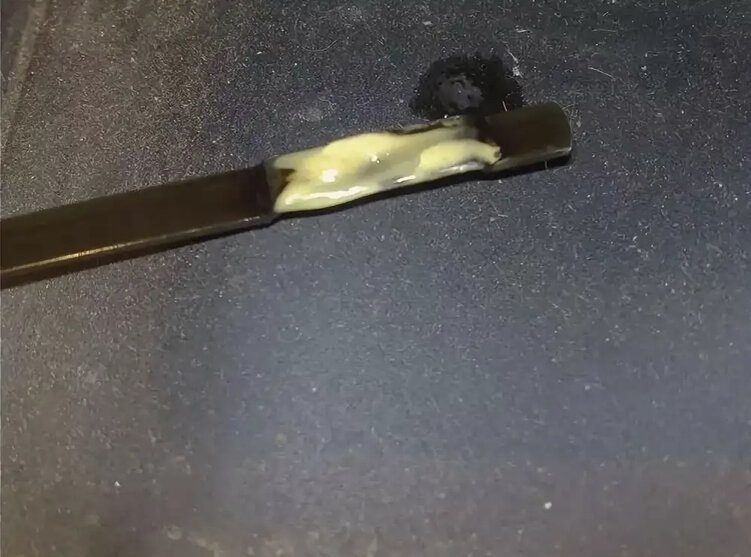
10. FAQs ❓
Q: Can I mix synthetic and conventional oil?
A: Only in emergencies. Replace ASAP.
Q: How often should I check oil?
A: Monthly or before long trips.
Q: Why is my car burning oil?
A: Worn piston rings or valve seals.
11. Printable Checklist 📝
Download a free PDF checklist [link] with:
- Monthly oil check reminders.
- Oil change schedule.

Expand Your Automotive Knowledge 📝
Explore 500+ Free Expert-Curated Guides
🚗 Learn New Skills
From basic maintenance to advanced repairs — clear, actionable tutorials for every skill level.
🌍 Access Anywhere
Mobile-friendly guides with HD visuals. No downloads required.
- Guides & Tutorials
- Car Maintenance 101
- Diagnostics & Troubleshooting
- Seasonal Maintenance
- Budget-Friendly Repairs
- Electrical Systems Guide
- Car Safety & Reliability
- Tools & Product Reviews
- Routine Maintenance
- Car Modifications & Upgrades
- Buying/Selling Guides
- Eco-Friendly Car Care
- Advanced Repairs
- Car Laws & Compliance
- Emergency Repairs
- Future Car Tech
Final Tips for Beginners 🌟
- 📅 Set phone reminders for oil checks.
- 💡 Keep a spare oil bottle in the trunk.
- 🛠️ Practice makes perfect – start today!
🌟 Share this guide with fellow new drivers! 🌟